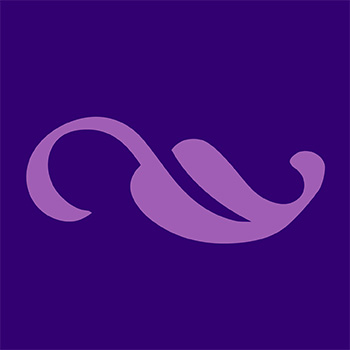We use cookies on this site to enhance your experience.
By selecting “Accept” and continuing to use this website, you consent to the use of cookies.

Writing Services believes students should be able to use their own language and voice in academic writing, also known as translingual writing. The staff are committed to developing writing strategies that not only consider the conventions of academic writing but also challenge and dismantle systemic barriers that students may face.
"I speak three languages, write in two, dream in one."
Kamala Das, from "An Introduction"
Academic writing has historically been Eurocentric, classed, and gendered, and this has shut out students with diverse backgrounds because:
However, these various forms of language and dialects are just as intelligent and capable as mainstream language.
Here are examples of how scholars are defending the use of students using their own language and voice in academic writing:
If you're interested in applying translingual writing to your academic work, here are some resources that you can start with.
First, read the excerpts of writing below that demonstrate all the different ways other scholars and writers have brought their culture and language into academic writing.
Second, book an appointment with Writing Services to learn how you can balance meeting the expectations of your writing assignment with integrating your language and culture into your academic voice.
Ultimately, it is up to your instructor if they will accept translingual writing for your assignment. However, if you’d like to talk to your instructor about using translingual writing in your course assignment, reach out to Writing Services for recommendations on how you can start this conversation. We have also provided you with the email template below you can use:
Dear [Professor’s Name],
I am a student in your [name of course] and am writing about using translingual writing in our [name the assignment]. Translingual writing invites students to use their linguistic identity in their academic writing. You can learn more from this Writing Services webpage [link to the Translingual webpage.] Writing Services supports students bringing their cultural and linguistic identities into academic writing and can help me on my assignment for your class.
If I plan to work with Writing Services on our upcoming assignment, would you be open to discussing the use of translingual writing in my assignment during your next office hours?
All the best,
[Your name]
[Your Student ID]
Canagarajah, S. (2015). The Place of World Englishes in Composition. In S. Perryman-Clark, D. E. Kirkland, A. Jackson, & G. Smitherman (Eds.), Students’ right to their own language: A critical sourcebook (pp. 284–285). Bedford / St Martin’s.
Leki, I., & Carson, J. (1997). “Completely Different Worlds”: EAP and the Writing Experiences of ESL Students in University Courses. TESOL Quarterly, 31(1), 39. https://doi.org/10.2307/3587974
Matsuda, P. K. (2006). The myth of linguistic homogeneity in U.S. college composition. College English, 68(6), 637–651.